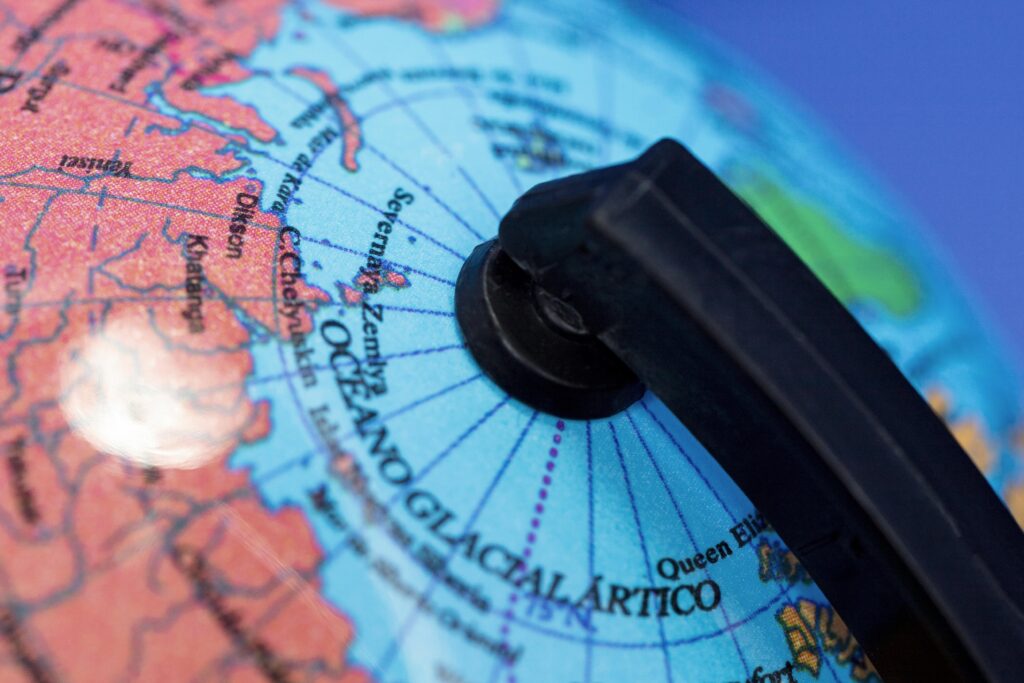Baja California, the northernmost region of Mexico’s Baja Peninsula, has never been part of the United States. Despite its geographic proximity and historical intersections, it remained under Mexican sovereignty after the 1848 Treaty of Guadalupe Hidalgo.
However, in today’s era of cartel violence, water scarcity, and regional instability, the idea of Baja California becoming a U.S. protectorate while retaining its culture and governance offers a radical but realistic path forward.

The Water Crisis in Baja California
Water scarcity is a critical threat to Baja California’s survival. Cities like Tijuana are running out of freshwater sources, and expansion efforts from the Colorado River aqueduct are no longer sufficient. Although emergency deliveries from the United States have provided short-term relief under complex cross-border agreements, this fragile system is set to expire in 2027.
Without immediate large-scale desalination projects, the region faces ecological and humanitarian disaster. Current recycling efforts fall far short of meeting demand, and desalination remains the only viable long-term solution.
Why a Protectorate Framework Makes Sense
Rather than annexation, a protectorate framework could provide Baja California with the defense, infrastructure, and economic stability it desperately needs, while preserving its Mexican identity. Historical models like Palau’s compact with the U.S. and the Cook Islands’ relationship with New Zealand show that protectorates can be partnerships rather than takeovers.
Under such a model, Baja would retain its elected leadership and culture but benefit from American security guarantees, investment, and modernized infrastructure—especially in water management and public safety.
Desalination, SMRs, and Population Growth
The U.S. could transform Baja California’s water future by installing Small Modular Reactors (SMRs) to power reverse osmosis (RO) desalination plants along the peninsula’s 2,038-mile coastline. These facilities could produce enough freshwater to support a population exceeding 40 million more than ten times the current 3.8 million residents.
With sustainable water sources, Baja could blossom into a thriving region, offering new homes for immigrants and a proving ground for innovative technologies. It could also serve as a model for future partnerships between sovereign nations and protective powers.
Cartel Violence and the Security Imperative
Perhaps the most urgent need for a protectorate model is the ongoing threat of cartel violence.
Baja California, like much of northern Mexico, suffers from extortion, corruption, and cartel domination. A U.S. military presence, including a new joint services base at the peninsula’s southern tip, could significantly degrade cartel logistics and operations. In addition, a naval base positioned across from Sinaloa, the heartland of fentanyl production would provide vital maritime security.
For Mexico, relieving the burden of defending a distant and vulnerable region could allow for better resource allocation elsewhere.
Geopolitical Stakes: Beyond Borders
The fentanyl crisis has claimed over 1 million American lives since 1999. With chemicalsoften shipped from China to Mexican ports, then processed and smuggled into the U.S., this issue represents more than domestic crime, it is a form of chemical warfare.
Given these stakes, the U.S. could even reconsider its obligations under the 1944 Water Treaty with Mexico, where it currently supplies 1.5 million acre-feet of Colorado River water annually. As geopolitical tensions rise, water could become a tool of leverage, much like oil was in the 20th century.
Baja California as a Strategic Buffer Zone
Geographically, Baja is distinct from mainland Mexico. Isolated by the Gulf of California, it has little agricultural value for drug cultivation, making it a poor strategic base for cartel operations compared to states like Sinaloa or Michoacán.
A proposed extension of the U.S. border wall southward could physically separate Baja from the mainland, further shielding it from trafficking networks. In doing so, Baja would become a true buffer zone, protecting American citizens while offering prosperity to its residents.
Solving the Silent Sewage Crisis
One overlooked issue is the pollution of U.S. waters from Baja California’s failing sewage infrastructure.
Each year, untreated sewage flows from Tijuana into Southern California’s beaches and waterways, causing environmental damage and public health risks. Addressing this through U.S.-funded infrastructure projects including modern sewage treatment and waste management would restore ecosystems, protect public health, and strengthen cross-border ties.
A Modern Solution to a Cross-Border Crisis
The future of Baja California need not be like its past. It might emerge as a spark of stability, wealth, and creativity in North America under a protectorate paradigm. This plan is a mutual opportunity rather than a hostile annexation.
For Baja, it means security, investment, clean water, and hope. For the United States, it secures its southern flank, disrupts cartel operations, manages immigration more humanely, and strengthens its hemisphere-wide influence. With the resources available and the crisis at hand, what’s needed is not caution but vision and willpower. Baja California, as a U.S. protectorate, could mark a bold new chapter in American and Mexican history, built on security, prosperity, and shared humanity.
